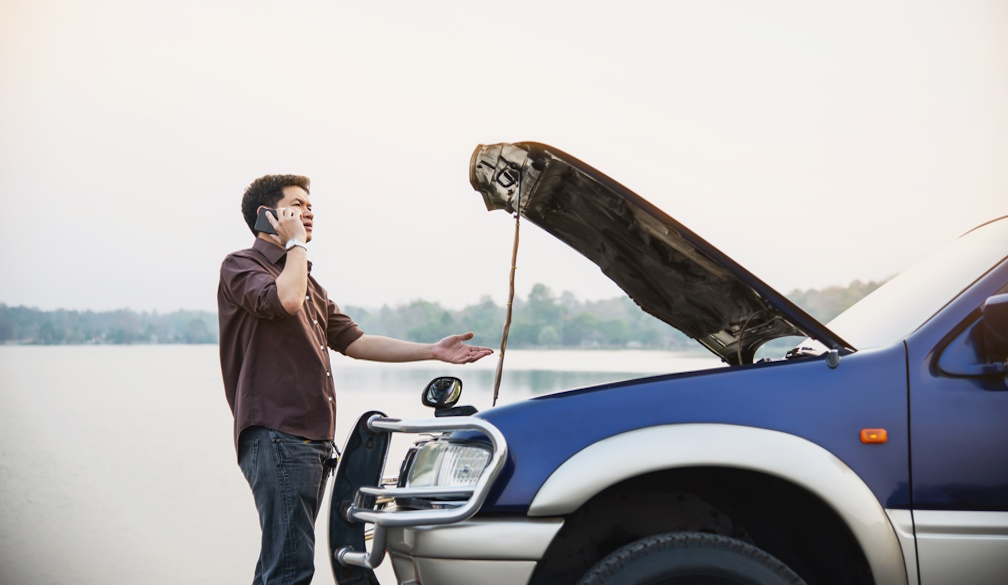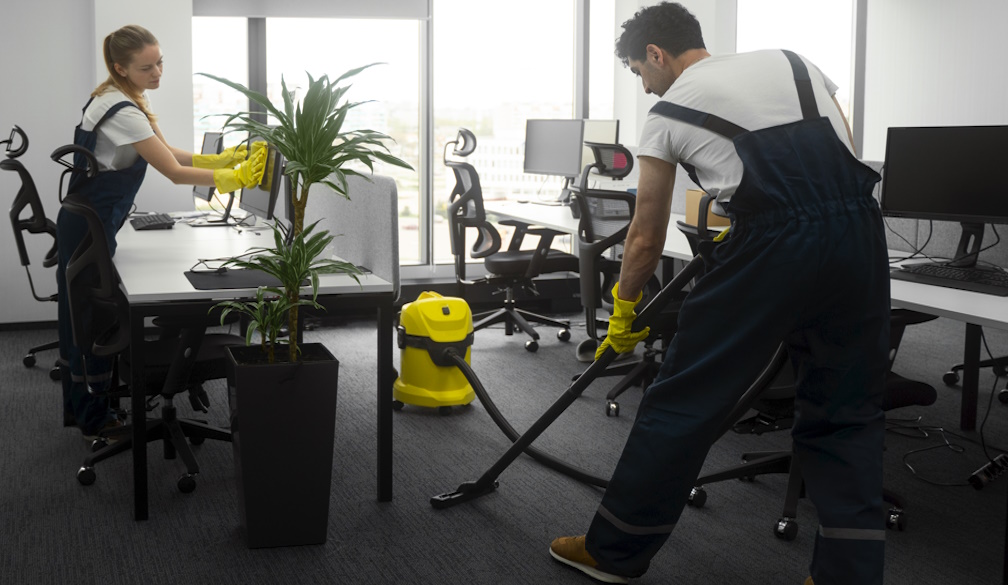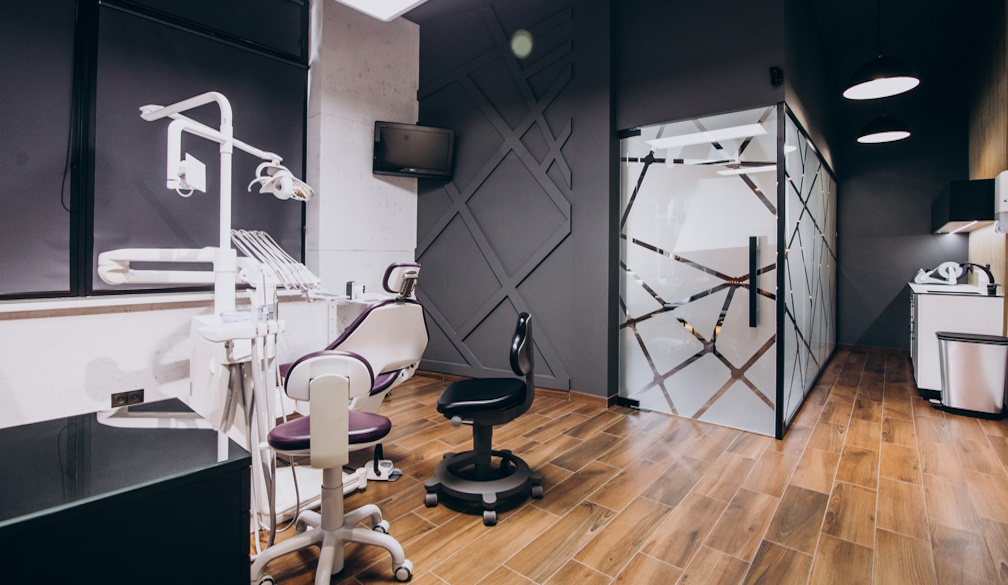Don't Renew Your Roadside Assistance Cover Until You Read This!

Whenever that renewal email pops up, clicking "confirm" is the easiest thing anyone can do. But that one click could be a very expensive mistake.
You might be renewing a plan that doesn't actually cover you when you need it most.
We see it all the time. A driver is stranded, sure they're protected. But then they find out the hard way that their plan falls short. The feeling is sometimes worse than the breakdown itself.
It doesn't have to be this way.
In this guide, we’ll walk you through 5 quick checks, so you know exactly what you're paying for.
It only takes five minutes and could save you from a lot of stress and a big bill.
Let's make sure your safety net doesn't have holes in it.
Check #1: Confirm Your Towing Distance
What happens when your car breaks down in Footscray and the tow truck arrives, but the driver says your plan only covers a tow to the nearest workshop in Sunshine?
Your trusted mechanic in Ringwood? Too bad.
You're stranded kilometres from home with a car at a shop you don't know.
This happens more often than you think.
Many plans only cover towing to the "nearest qualified repairer." That might be 5km away when your regular garage is 15km away. You're left paying for the remaining distance yourself - or worse, stuck with a repair shop you didn't choose.
Here’s how you can avoid this:
First, find the "towing distance" clause in your policy. Is it a set number of kilometres? Or does it just say "to the nearest workshop"?
Then ask yourself: Does this distance actually work for my life? Can it get me to my regular mechanic? What about my daily commute route?
Know your distance before you need assistance.
Check #2: Count Your Yearly Call-Outs
You used your two free call-outs for simple flat tyres. Then your alternator dies.
That third call comes with a high price tag.
Many basic plans offer only two call-outs per year. Use them for minor issues, and you'll be left unprotected for real emergencies.
This hurts most when you have an older car or a new driver in the family. More things can go wrong, and that two-call limit disappears fast.
Here's what you need to do right now:
Find the "annual call-out limit" in your policy. Is it two? Three? Unlimited?
Then think about your last two years. How many times did you actually need help? If you needed three calls, a two-call plan will always leave you exposed.
Make sure your call-outs match your actual needs.
Check #3: Know Who Is Actually Covered
Your partner calls and their car just died on the side of the road. But when you call for help, you get the worst news: your plan only covers your specific vehicle.
Now, you must watch someone you love sit stranded and stressed, completely helpless to fix it.
This is the difference between "car cover" and "person cover."
Car cover protects just one vehicle. Person cover protects you, no matter what car you're driving. It even covers your partner or your teen driver in the family car.
Here's how to check:
Look at your policy document right now. Does it list a specific vehicle VIN? That's a car cover. Does it list your name as the covered person? That's the person cover.
Ask yourself one simple question: Does anyone else in my family drive? Do I ever drive other cars?
Make sure your protection follows the people you love, not just the metal they're driving.
Check #4: Ask About Help for Newer Cars
Your electric car's dashboard flashes a critical error. Or maybe your new SUV simply won't start due to a software glitch.
The tow truck arrives, but they are unable to help. They don't have mobile charging for your EV, and their diagnostic tool can't read your car's complex computer system.
You're left waiting for hours for a specialist, completely stranded by technology that's supposed to make life easier.
This is the modern breakdown. It's not always a flat tyre or dead battery.
Many roadside plans are still designed for simpler, older cars. They might not cover the specific needs of today's vehicles.
Here’s what to look for:
If you drive an EV or hybrid, check for "mobile charging" or "battery top-up" services. Also, confirm they use flatbed trucks, as many EVs require them to prevent drivetrain damage.
For any modern car, see if they mention "diagnostic support" or "complex electronic issues."
Ask one critical question: Is my plan living in 2010 or 2024?
Make sure your plan understands the computer on wheels you're actually driving.
Check #5: Watch Out for Hidden Fees
That low monthly fee looks great on your bill. Then you need help on a Sunday and you realise they charged extra for the after-hours call. They charged for the fuel. They even charged a "service fee" for the tyre change you thought was included.
That "affordable" plan just became very expensive.
Many providers use low base prices to attract you. Then they add fees for nearly everything except the basic tow.
Here's how to protect yourself:
Look past the big number on the ad. Locate the "Service Inclusions" page in your policy document.
Specifically check the costs for:
- After-hours and holiday service
- Fuel delivery
- Tyre changes
- Lockout assistance
Ask one direct question: What services will actually cost me extra when I'm stranded?
Know exactly what your "free" call-out includes before you're stuck on the side of the road.
Don't Wait for a Breakdown to Find Out
These five quick checks give you real power because you’re no longer guessing about your coverage.
Remember, the goal is peace of mind. You want to know that if something goes wrong, you're genuinely protected.
At Fast Melbourne Towing, we believe every driver deserves that confidence. Our commitment is to help you stay safe and informed on the road. And when you get stranded, we’ll be there 24/7 to get you out of that pickle.
If your current plan doesn't measure up, know that reliable local support is just a phone call away.
Drive well, and drive safe.












